It’s that time of year again . . . . . not holiday shopping, but Farm Show planning! That’s right, the Pennsylvania Farm Show will be taking place soon, January 9-16, and the SHPO will be there for the whole week. 2016 marks the 100th time Pennsylvania has celebrated agriculture and farmers with a multi-day exhibition in Harrisburg. Building on the number 100, this year we’re partnering with the Department of Agriculture’s Century Farm Program to recognize farms that have been owned and operated by members of the same family for at least 100 years. Our theme this year is “Farms + Family = Heritage.”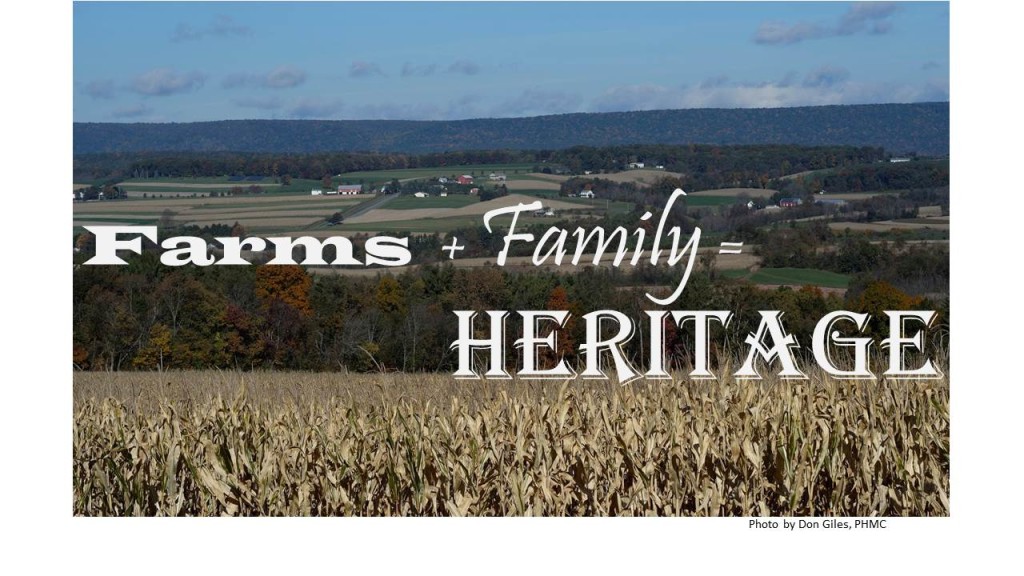 Continue reading
Continue reading
Category: Community Character (Page 16 of 19)
It’s hard to believe that a month has gone by since our first ever SHPO Shout-Out! I’ll give my own Shout-Out to everyone who liked, posted, shared, tweeted, and emailed our November post to spread the word not only about the great projects I featured but also to let people know that we’d like to crowd-source candidates for future posts. The number of emails I got from readers with ideas for candidates were low – like zero! – but I understand that you’re all just getting used to the idea, right?! I can’t possibly know about all the good preservation victories across the 46,055 sq. mi. that make up Pennsylvania and I need your help!
This past June Barbara Frederick and I were in Saltsburg, Indiana County attending a stakeholder meeting for the Loyahanna and Conemaugh Dam’s master planning process. The Army Corps of Engineers, Pittsburgh District has been hard at work this summer updating their planning documents, and, as the Western Region Section 106 review team, Barbara and I have been doing our part to provide our support to their process. We also used the opportunity to get a first-hand look at the Dams, Saltsburg, and some really great historic resources! Continue reading
Who doesn’t love a Bungalow? This charming cottage-like dwelling was America’s favorite small house at the turn of the 20th century and was most popular between 1900 and 1930. Some view Bungalows as the embodiment of “home” — intentionally designed as a cozy and welcoming house form with a prominent front porch and chimney. It was even romanticized in songs of that period by Irving Berlin and others. In his 1925 lyrics Berlin described “A little bungalow, an hour or so from anywhere. A little cozy nest, the kind that’s best for two. Among the shady trees, with birds and bees and lots of air.” No wonder the popularity of Bungalows spread quickly across the country. What exactly is a Bungalow house and where did the design come from? Continue reading
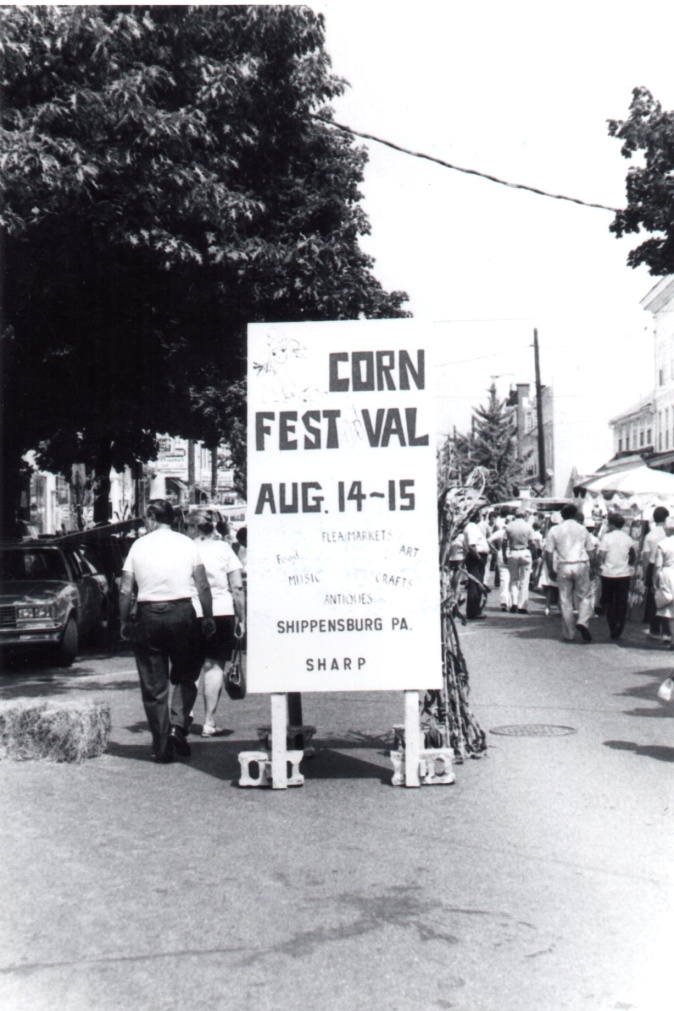
Shippensburg’s Corn Festival: Thirty-Five Years of Corn, Fun, and Historic Preservation
By Steven Burg
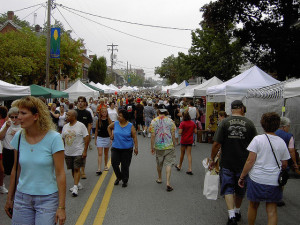
Shippensburg Corn Festival, 2006. Photo by Peter Linehan, Flickr Commons, Creative Commons, http://creativecommons.org/licenses/by/4.0/legalcode.
On the last Saturday in August for the last three and a half decades, tens of thousands of visitors have descended on downtown Shippensburg to enjoy the crafts, music, entertainment, and food of the Shippensburg Corn Festival. Despite the continued success of the event, many people know little about its origins as a fundraiser created to protect and preserve the community’s historic buildings. Continue reading
by Curt Musselman
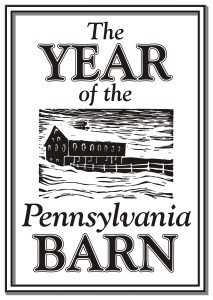
Official Year of the Pennsylvania Barn logo designed by Bob McIlhenny, 2014, using barn woodcut by Annie Rubel, 2013
Ten years ago, Historic Gettysburg Adams County (HGAC) received a grant from the Pennsylvania Historical and Museum Commission (PHMC) to help establish a barn preservation program within Adams County. One of our first steps was to begin a survey of the historic barns in the county so that we would know more about the resources we were trying to save. Teams of HGAC volunteers photographed, measured and made observations about the style and construction techniques used on each barn. One of the first things that we learned was that 80 percent of the barns in Adams County are of an architectural type known as the Pennsylvania Barn. This type of barn has two distinctive characteristics; entrance to the second floor by means of a bridge or a built-up ramp, and an overhang or cantilevered forebay on the front of the barn. Within Pennsylvania, these bank barns evolved in the 18th and 19th centuries to their ultimate form, which was influenced by traditional designs brought to America by immigrants coming from Switzerland through Germany. Continue reading
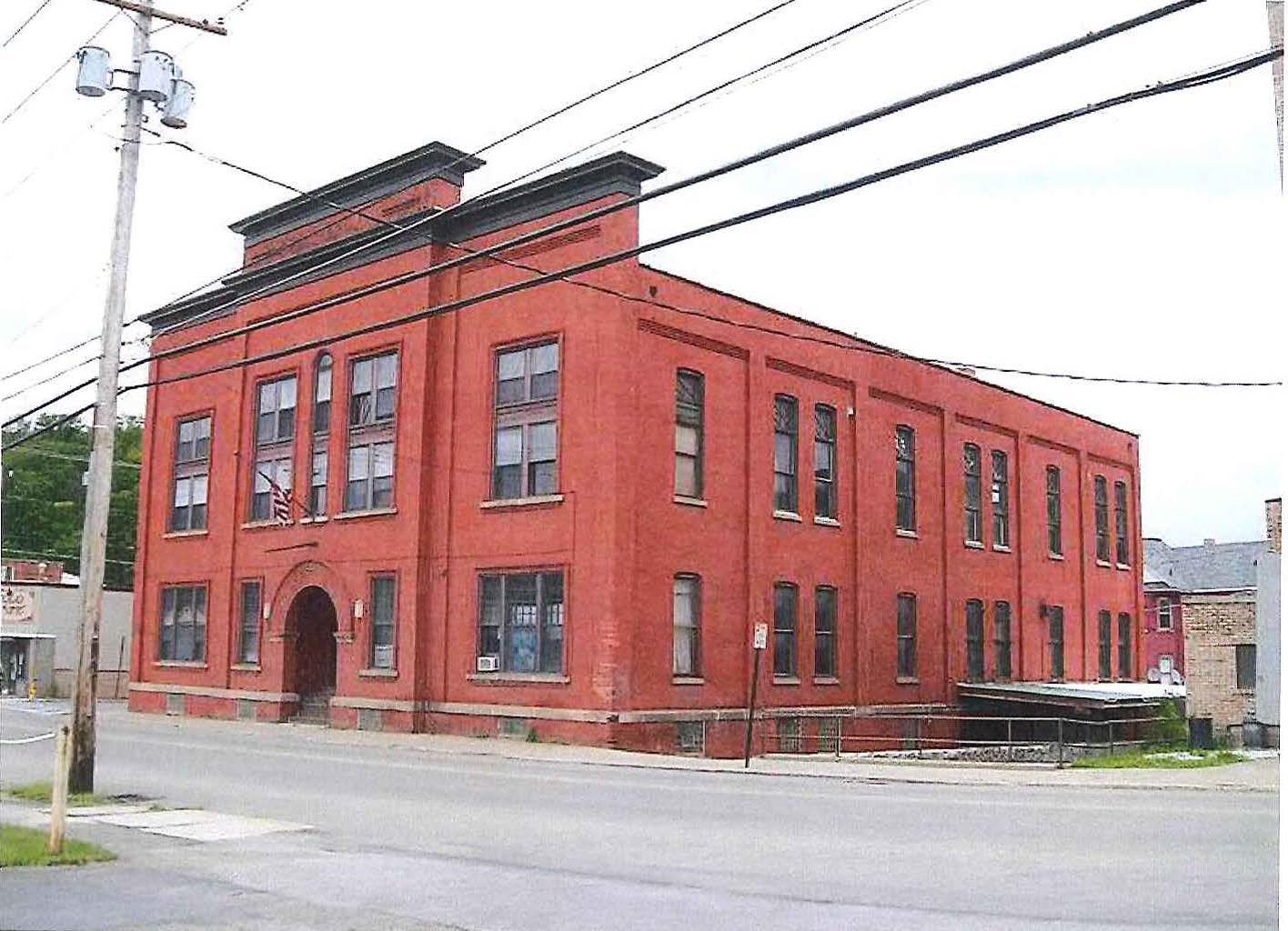
UPDATE: Local Landmarks For Sale
In our June 2013 post, we featured the upcoming sale of National Register listed state armories located in historic communities throughout the Commonwealth. To date, eight of the armories marketed for adaptive reuse by the Pennsylvania Department of Military and Veterans Affairs have been sold to buyers who have agreed to purchase the buildings with a historic preservation covenant. The covenants will help to ensure future improvements to the buildings will be carried out in accordance with the Secretary of the Interior’s Standards and Guidelines for Rehabilitating Historic Buildings. Continue reading
High on a hill overlooking the City of Easton is the serene, picturesque, and endlessly fascinating Easton Cemetery. The cemetery occupies a point of land created by a bend in the Bushkill Creek that, at the time of the cemetery’s establishment in 1849, was on the edge of a rapidly growing industrial community in desperate need of both parkland and sanitary burial options. The historic core of the burial ground, 48 acres assembled in two parcels during the 19th century, was listed in the National Register of Historic Places in 1990 for its significance in landscape architecture and art. Continue reading
By Jill Hall and Karen Marshall
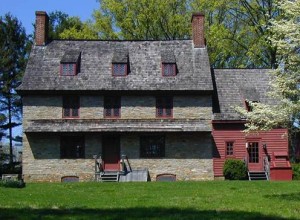
Brinton 1704 House and the surrounding lands were the location of core combat actions in the final phase of the Battle, Chadds Ford, Delaware County
On September 11, 1777, British General William Howe and his professional army engaged General George Washington and his citizen soldiers along the banks of the Brandywine River about 30 miles southwest of Philadelphia. Part of a larger strategy known as the Philadelphia Campaign, the Battle of Brandywine was one of the earliest and largest battles of the American Revolution, encompassing some 30,000 British and American soldiers. The Battle lasted from sunup to sundown, instantly changing the character of a quiet farming community that consisted predominately of Quakers. Although the Battle of Brandywine was a loss for the Americans, they proved that they had the resiliency to withstand the British, increasing French support of the American cause. Continue reading
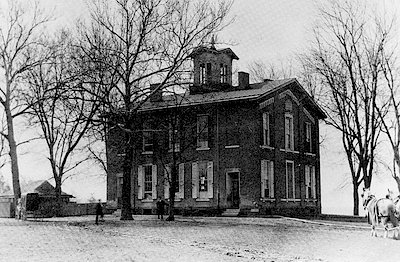
Making the Grade: The Architecture of Philadelphia’s Public Schools, Part 1
The architectural historian in me is fascinated by the threads of science, theory, and symbolism that go into designing and building schools. Like most preservationists, I am a strong believer that the power of place plays a central role in shaping our experiences, attitudes, and values. The tangible aspects of a school’s ‘power of place’ include its architectural style, materials, dimensions, and floor plan. Taken together, these character-defining features often reflect a community’s wealth, prominence, and aspirations for their children. In Philadelphia, schools from the mid-19th century to pre-World War II period fit into this category, regardless of their location in large or small, rich or poor neighborhoods. After World War II, the character of many of Philadelphia’s public schools shifted, and the school buildings communicate a rigid, institutional personality that is markedly different from the schools only a few decades older. Continue reading
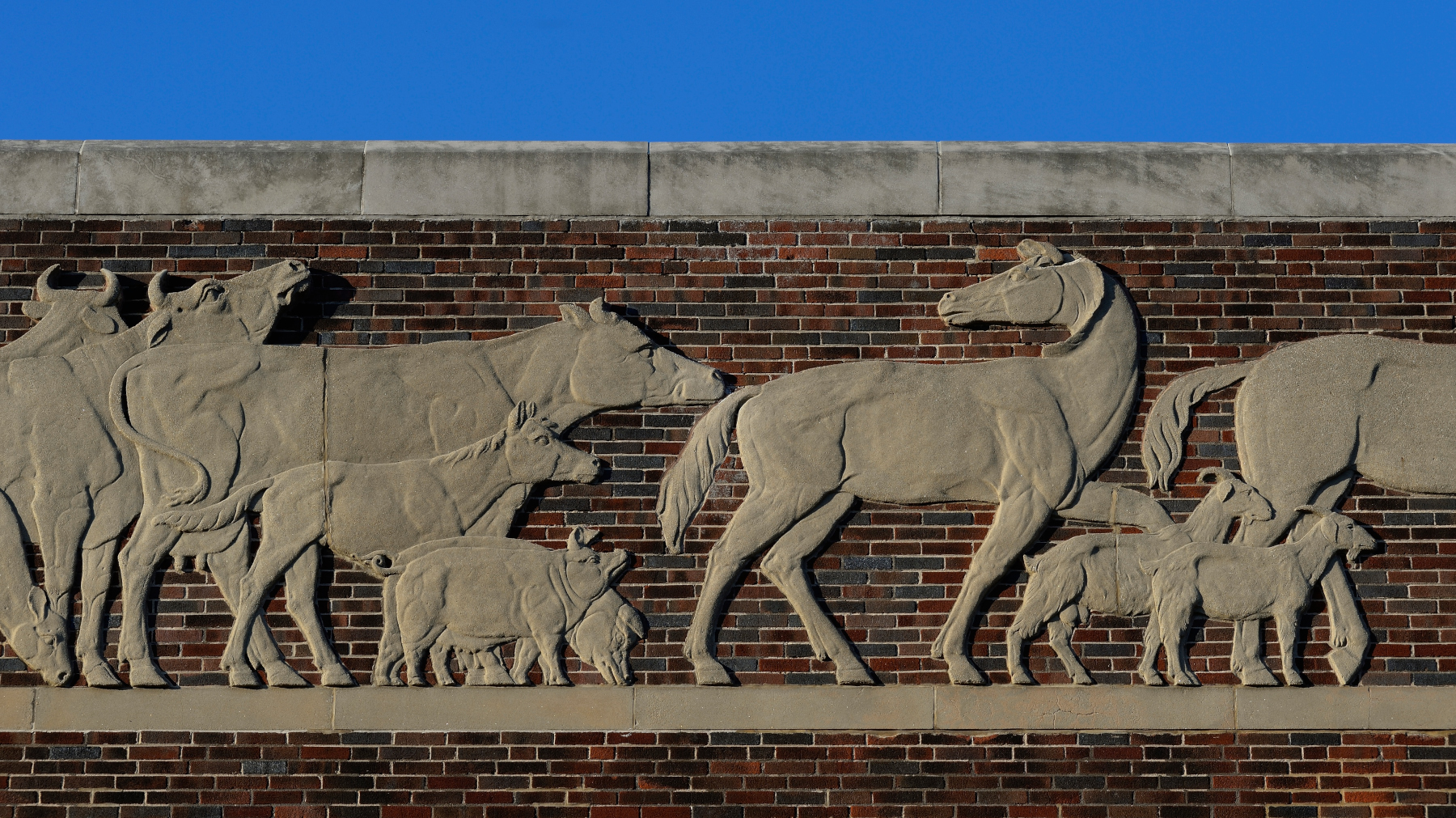


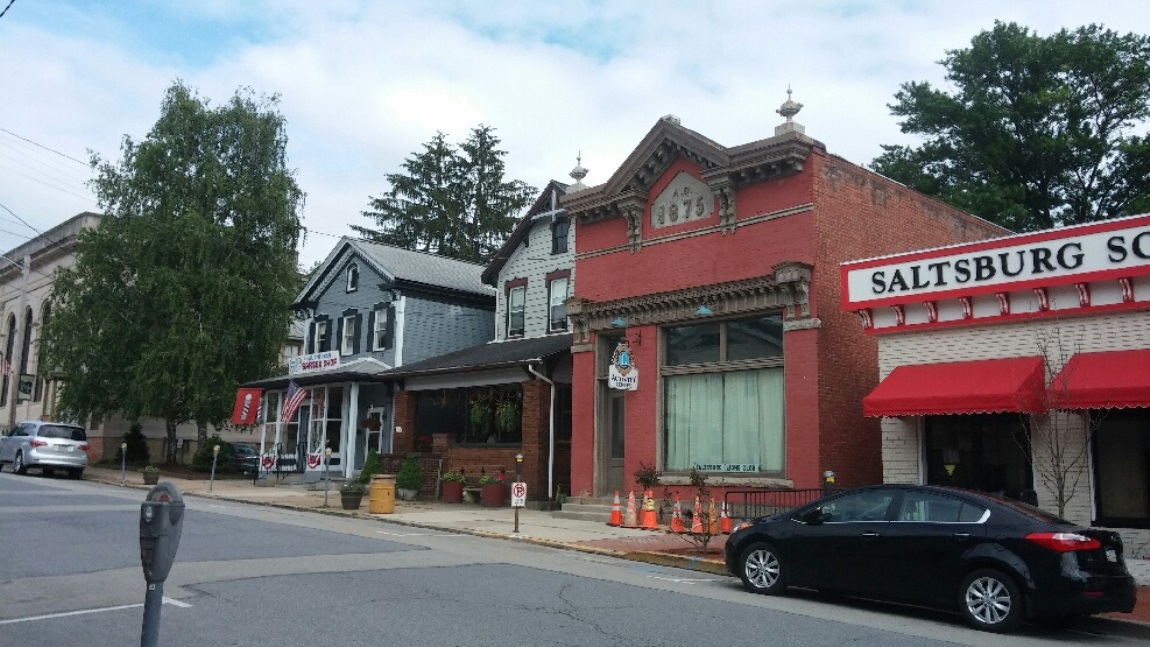
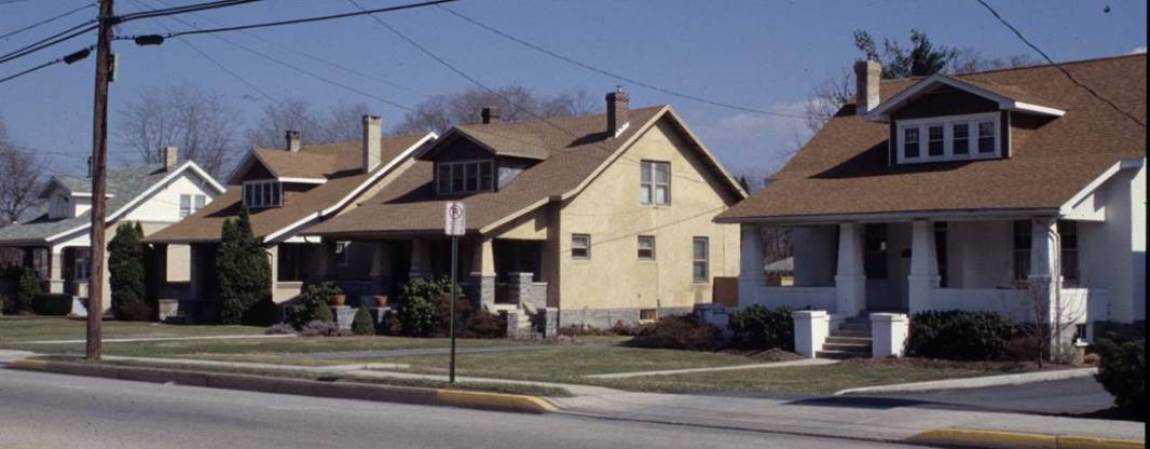
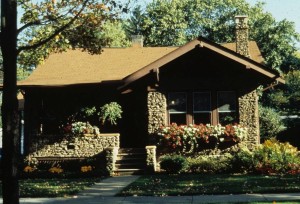
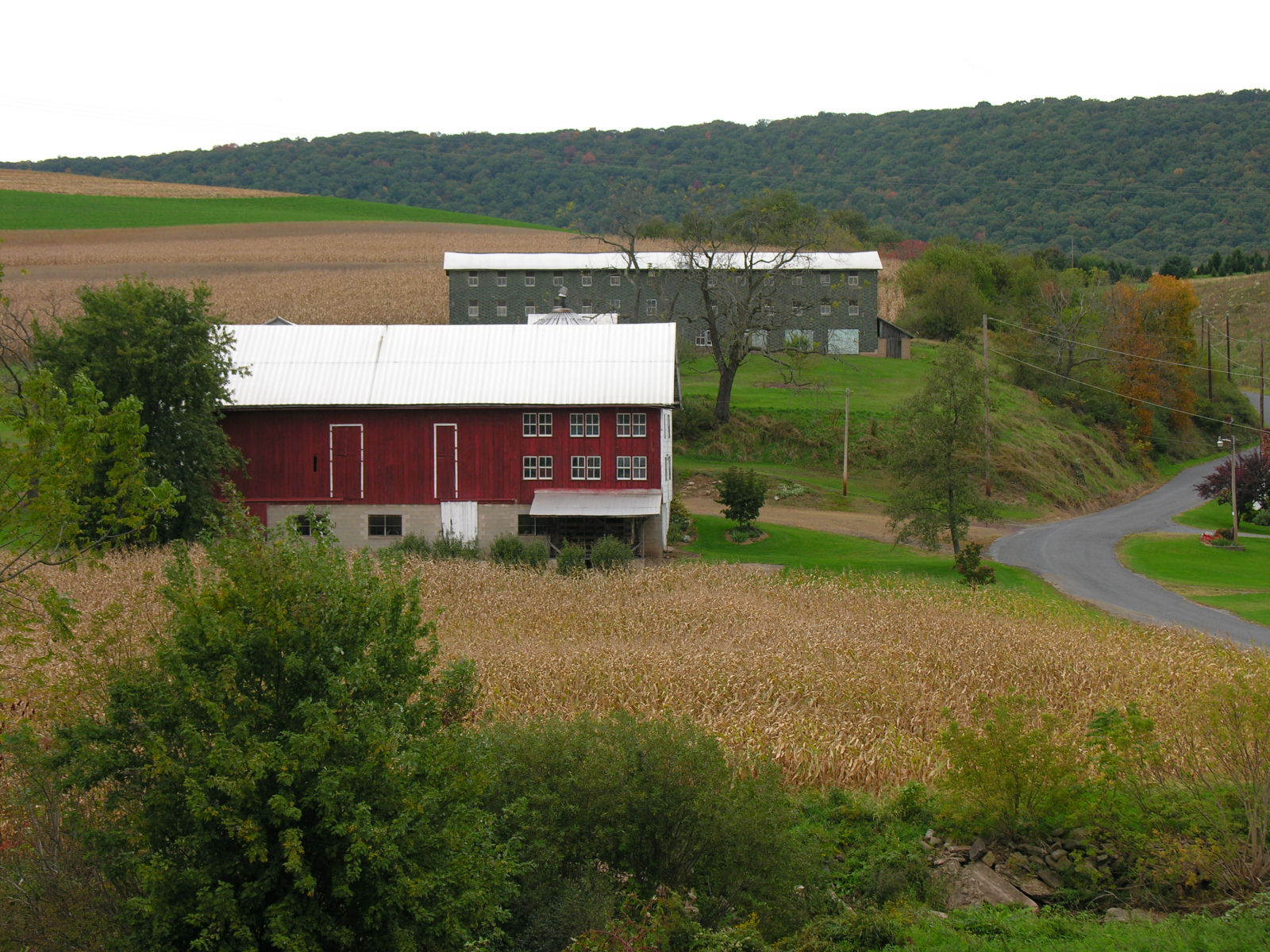
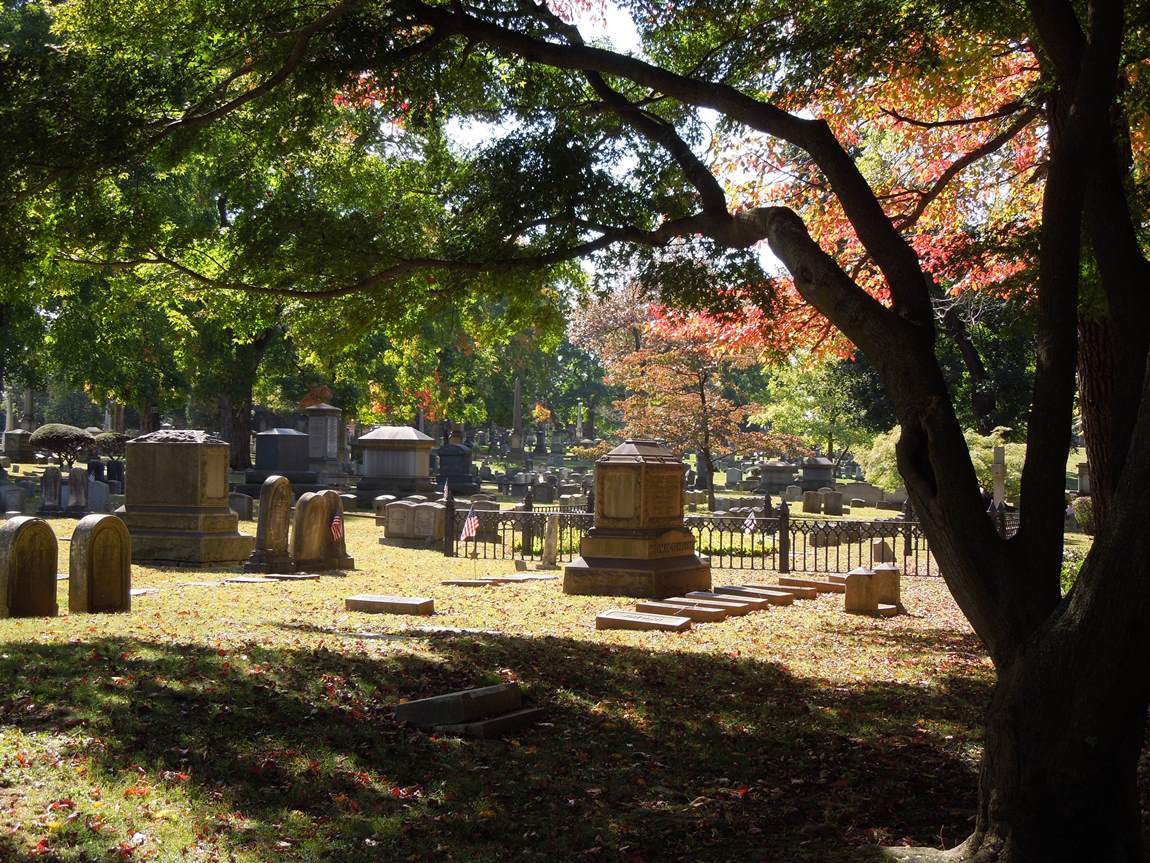
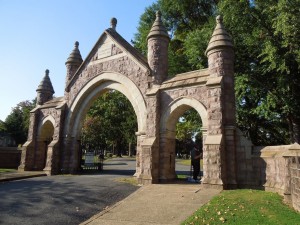
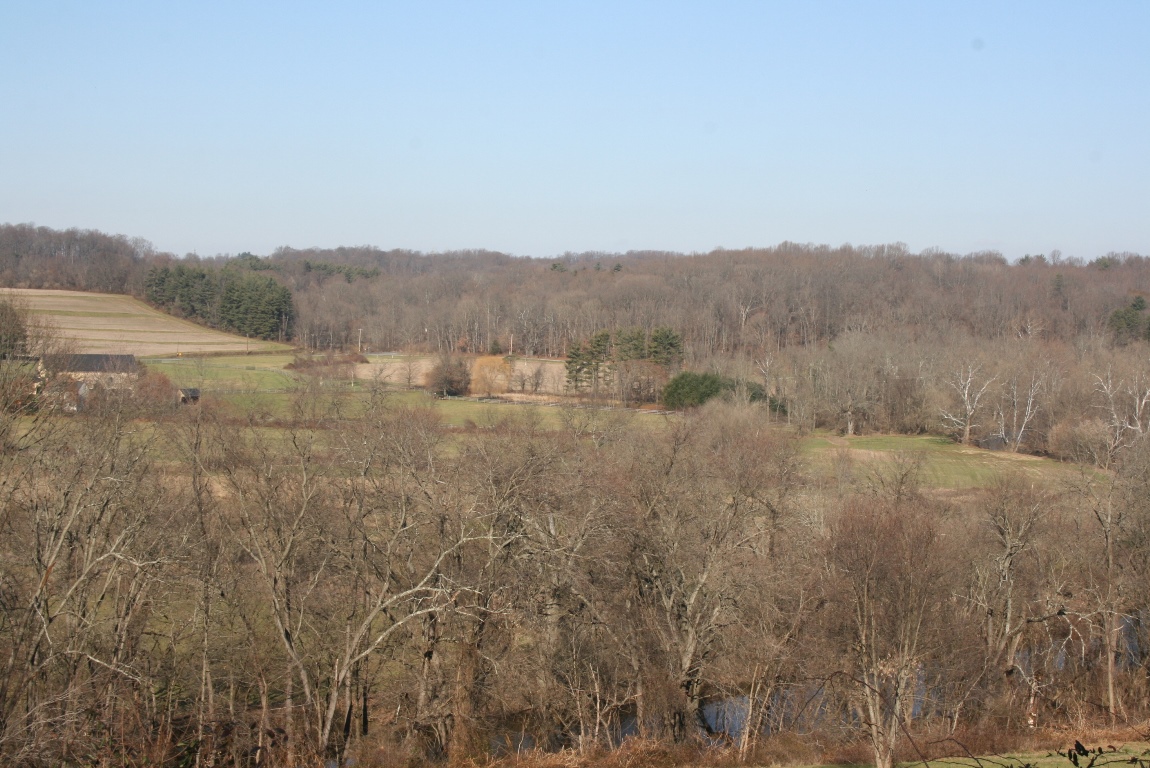
Recent Comments